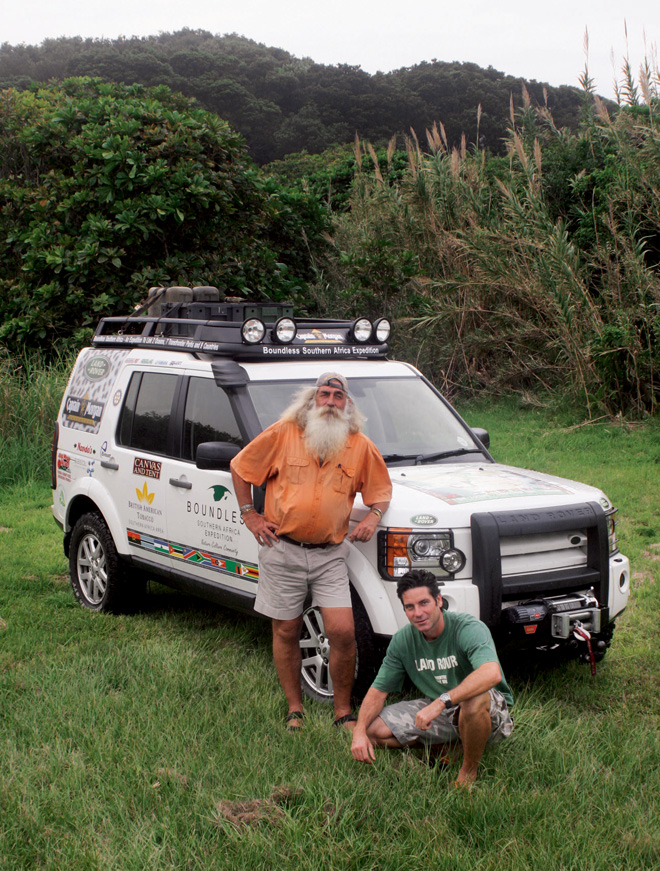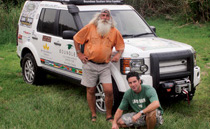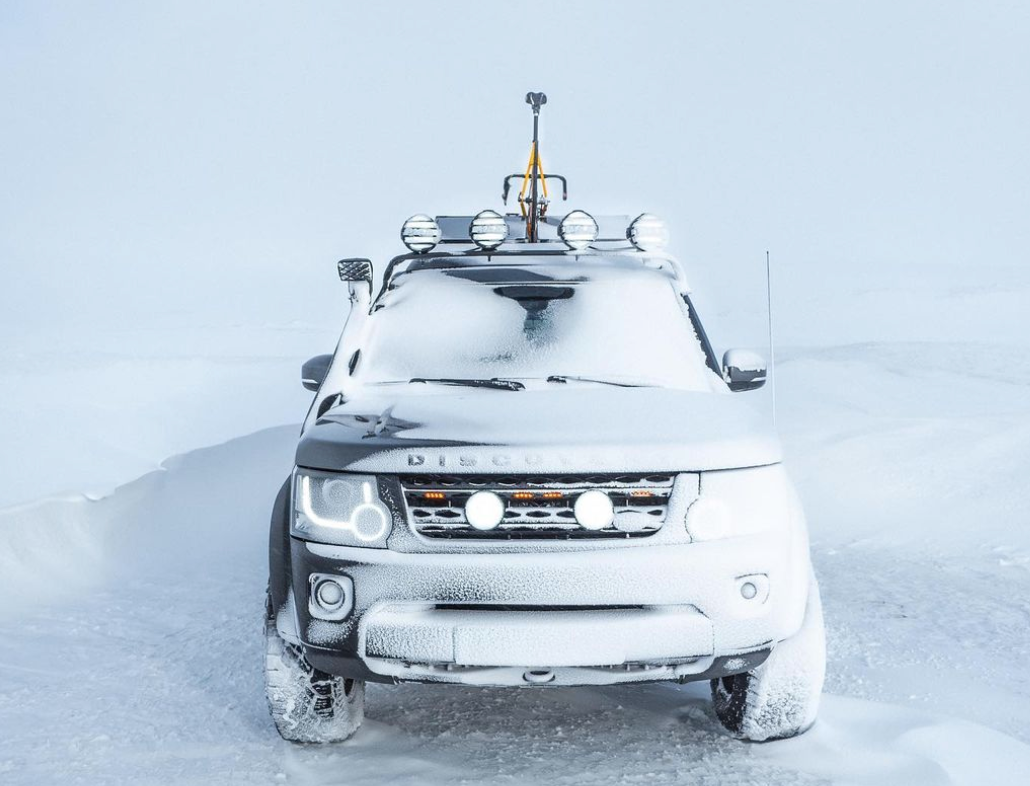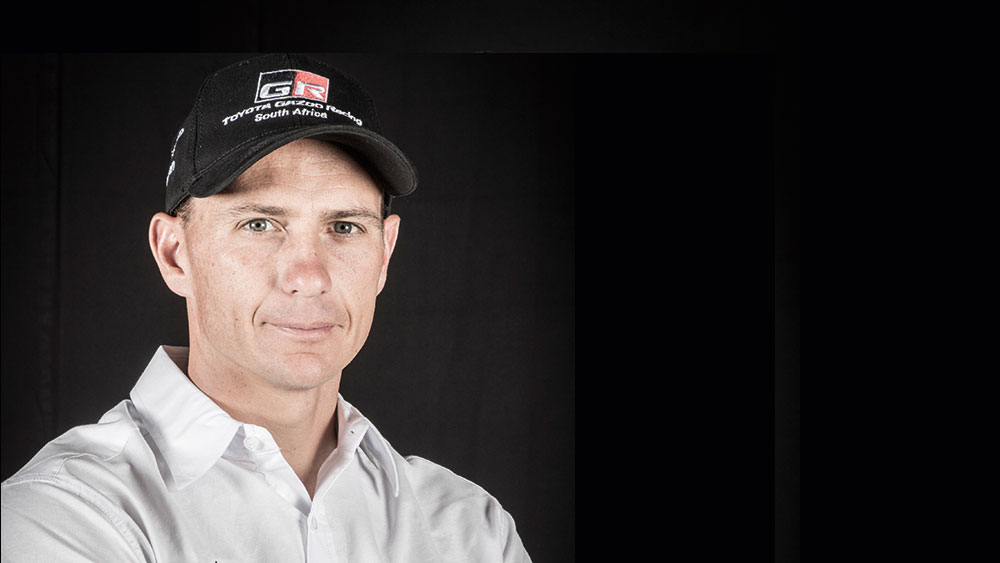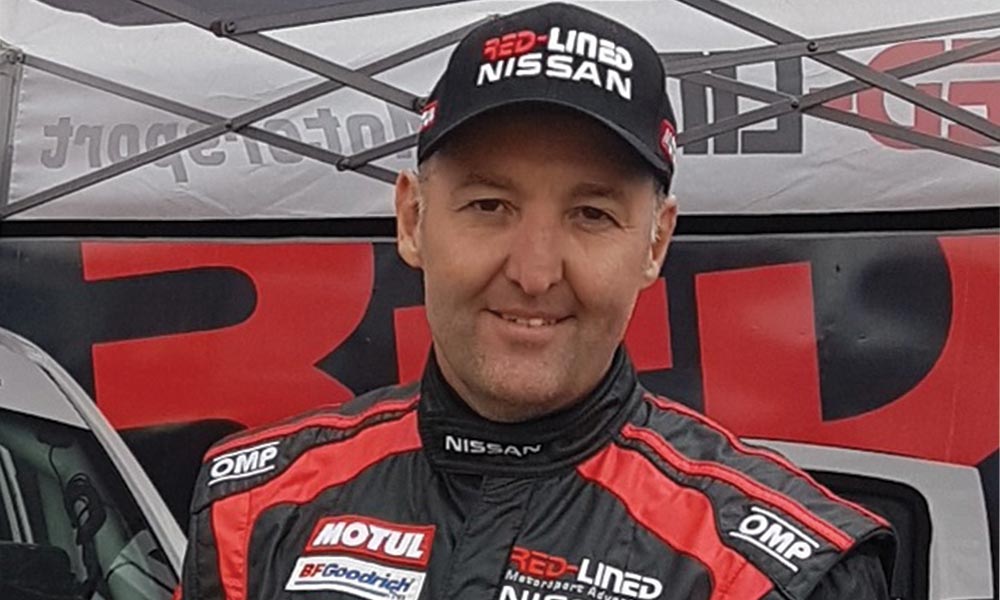4×4 Adventure
BOUNDLESS SOUTHERN AFRICA EXPEDITION
Kingsley’s voyage of Discovery
When you think of Kingsley Holgate, you think of his larger-than-life personality, his grey beard, his expeditions across Africa, his inclination for Captain Morgan rum, and the iconic shape of a Land Rover Defender. Well, that’s going to have to change slightly, because this time around he’s driving a Discovery
Text: Stephen Smith
Photographs: Jannie Herbst
Kingsley Holgate and his family have been adventuring for, well, forever. They’ve crisscrossed the African continent by land and water, circled the world, and accumulated more knowledge than the average man can even comprehend.
Now they’re off on their latest adventure, visiting nine countries, seven Transfrontier Conservation Areas, 30 national parks and nature reserves, and the communities that are next to them. And they’re doing it all in the comfort of Land Rover Discovery 3 TDV6 models!
The Holgates have had an official relationship with Land Rover for the past ten years, being first sponsored by the company in 1999, but their unofficial links go back much, much further.
“My very first 4×4 was an old Series 2 Land Rover that I used to carry supplies from Eshowe to Phobane Trading Store in Zululand’s Nkwalini Valley. It was the only vehicle that could withstand the horrific road conditions.
“For years it served as the ambulance, school bus, wedding car, courtship carriage, and was used for hauling dead cattle, drinking water, skins and bones, sacks of mealie meal, and drums of fuel,” says Kingsley. “And the only time it got washed was when a new female student teacher arrived in town!”
We have driven up to Kingsley’s house on the KwaZulu-Natal north coast where he, his wife Gill and son Ross are frantically at work getting ready for the Boundless expedition, then just over a week away. Fortunately Kingsley and Ross have found the time to sit and tell us about the switch from Defender to Discovery, and other interesting things.
Kingsley continues to regale us with stories about his early Land Rover adventures. “Landys were a way of life back then,” he says. “I remember doing the whole Zululand coast; Amatikulu, Umtunzini, Cape Vidal and Kosi Bay, all in an old Series 1.
“And in the early safari days in East Africa with a Masai warrior in full traditional gear riding on the running boards, and another with his backside getting hot as he sat on the bonnet, pointing with his lion-hunting spear. It was a way of life, and we got to know every squeak, growl, groan and bump of these old warhorses.
“We spent four years living with the Masai, using the old Landys to take our safari clients to drink blood with the Masai, and tracking 1,3 million wildebeest on the move. We couldn’t believe it when the leaf springs were exchanged for coils, and the TDi Defender came along.
“By this time we were into serious National Geographic type expeditions, and spent over a decade following in the footsteps of the great explorers: Livingstone, Burton, Speke, Stanley, Teleki, and the two black heroes, James Chuma and Abdullah Susi, who, after burying Livingstone’s heart in a biscuit tin, carried his sun-dried corpse for over 1600 kilometres across Africa.
“Throwing a twisted piece of ‘hardekool’ on the fire at night, the sparks disappearing into the night sky, the old three-legged pot and soot-blackened kettle, the cackle of a distant hyena, there was always one constant, familiar sight, the outline of a Defender in the moonlight.
“Then came the TD5. ‘You’ll never make it’ said the press, as we took off to circumnavigate the globe by the tropic of Capricorn.
“This was an expedition in which we filled our symbolic Zulu calabash with Indian Ocean seawater on the coast of Mozambique, and took it around the world, through ten countries. Across Africa, the Kalahari and the Namib; the jungles of South America, over the Andes and across the Atacama Desert, considered the driest place on earth.
“Across Australia, with the challenge of the Simpson, the largest sand-ridged desert in the world. ‘You’ll never bloody make it,’ said the Aussies. ‘The brown snake will get you, and the crows will peck out your bloody eyes’, but somehow we survived. Across Madagascar, and back to the coast of Mozambique, from where we had left 18 months earlier.
“But it was in Africa where we and the Defenders belonged. We had travelled the continent from north to south, and east to west. The remaining challenge was the journey to track the outside edge of the entire continent.
“We called our two Defender station wagons John Ross (after the British explorer) and Mary Kingsley (an explorer in Victorian times), while the big Defender 130 TD5 was called The Stomach, because it carried all the grub.
“A full 448 days after we left CT in a convoy of 347 Land Rovers that escorted us out of the Mother City, we arrived back, battered, bruised, just like the cars. Then, on Madiba’s birthday, we emptied the much-travelled calabash back into the Atlantic Ocean.
“It was a great adventure, and we’d also improved and saved lives through our malaria prevention work.
“Now is the big leap of faith, changing from the Defender to Discovery 3 models. The handbrake dent into the left calf, the familiar lower back pain, that drip-drip of ice-cold rain water onto the accelerator foot, the right shoulder and elbow hanging out of the window. The familiar growl, roll and shudder.
“The (no-longer) secret 48-litre Captain Morgan tank hidden deep inside the chassis members. It had all become a way of life – how would we ever adapt to a life without it?
“’Adapt to what?’ a fellow adventurer asked us, raising his dented enamel mug to salute another African sunset,” says Kingsley. “And he’s right. The Disco is a far superior vehicle, especially for this sort of expedition. We won’t be able to jump from the roofrack onto the bonnet, but that’s okay.”
We asked both Ross and Kingsley what they were looking forward to about the Discos, and what they were apprehensive about.
“This is really a pioneering expedition,” says Ross. “No one has really used a Discovery 3 TDV6 for this sort of serious off-road trip. We’ve spoken to a lot of Disco owners, and most of them use their Discos for towing boats.”
Kingsley joins in, “It’s exciting. These days more and more people are adventuring, so you have to drive farther to find adventure, and sitting at 100 km/h in a Defender gets a bit painful. With the Disco you get there a full day quicker, in more comfort, and more relaxed.”
“And what about the off-road side of things?” we asked. “How will the Discos cope with expedition life?”
Ross answers this one. “As we’ve said, we’re not completely familiar with the vehicles yet, so we don’t know exactly how they will fare. We’ll tread lightly in the bush to start with, until we’re more confident in our ability to handle the vehicles, and in the vehicles’ abilities.
“We have taken a few precautions too, like using silicone to waterproof a lot of the plug points, and other areas that might get wet. Even though we’ll be travelling in the dry season, we’ve heard that the Limpopo is still high, and there might be other water crossings too. And we’ll be careful with the fuel that we put in.
“We’ll also carry a few spares, but it’s really just filters, and then air hoses and clamps for the suspension, as well as one complete air suspension for the front and one for the rear, although we don’t really think that this will be an issue.
“And because the trip is just 10 000km in length, we’ll be able to complete the entire trip without a service if we have to, although we might make a detour to the dealer in Upington.
“This is the first trip we’ve attempted in the Discoverys, so there will be a lot to learn, and we’ll miss the familiarity of the Defenders. After driving Defenders for years and years, we know what to expect, but we hope to establish the same familiarity with Discovery 3.”
“Discoverys don’t have the familiar shape of the Defender either,” says Kingsley, “and people think they’re just boulevard cruisers. But have a look at them now. Once they’ve got the snorkel, the roofrack, the Cooper tyres, the bullbar and the stickers, they become proper expedition vehicles. It’s a serious off-road vehicle!”
“And what are you going to call them?” we ask.
“They don’t have nicknames yet, but the next time we meet up with you we will have renamed the Discos,” says Kingsley.
It’ll be interesting to see what the cars get called, and how they stand up to life on an expedition. Join us next month to find out.
